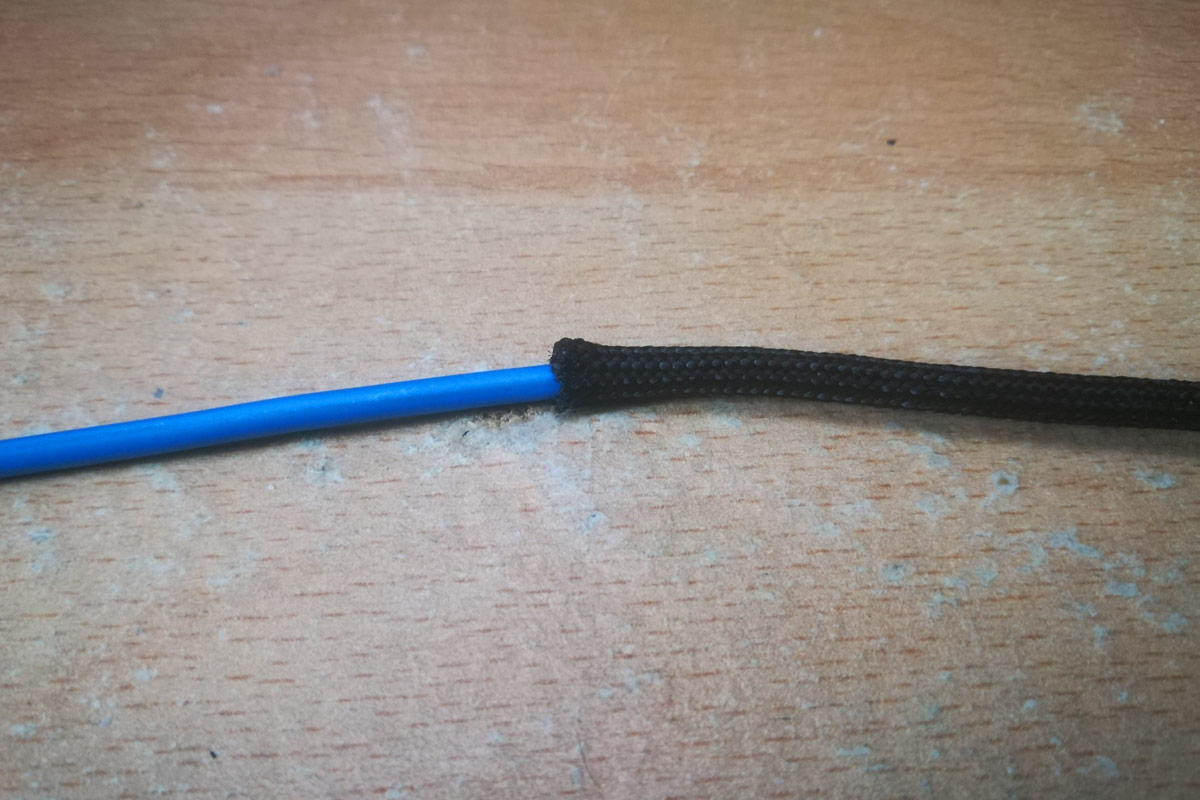Oh, and @Cenedd the PA-09 is glorious
They're a bit fiddly to have to do both wings separately but at least you can see when you've shoved the wire in far enough but not too far. You sometimes find the pin sticks in the crimper after it's been crimped but you can sort of wiggle it out. Main thing is the crimps come out well. There are two variations (something like a PA-20 and 22 iirc) that have larger sized anvils. I made up some gash 2.54mm pins for testing something yesterday and had a little trouble getting the larger set of wings into the shell. It might have been better with a fractionally larger anvil than the largest one on the PA-09 but the crimp was secure, neat and easily tweaked with a combination of the flat ends of the jaws and a gentle squeeze in a crimp slot but turned 90 degrees.
Incidentally, their solder sucker is really good too....if you happen to make a pigs ear of anything. There's a flexible tube on the end that can tolerate the heat of the iron so you can get it right over the joint while it's still molten. Still not easy to remove two 2x10 pin headers when you've soldered them into the wrong side of the PCB though :-/
As for your PSU wiring, are you keeping the same number of wires but just routing them via the 10 pin area so there's one near run in the middle?
Different length wires will have a slight increase in resistance but for the length we're talking here and the purpose, I can't see it being an issue. Similarly there can be a difference in time taken for the signal to get down a longer wire. That could make a difference if you were talking about something like Cat6 at silly speeds but I wouldn't have thought there was anything here that's going to even notice let alone care.
Benski's right though if you're looking to reduce the number of wires a particular current is traveling down.
I'd be tempted to try to make it as one-to-one as possible and look into the reasons that any aren't one-to-one. I think I've read that loops at the far end (mobo end) can be used by the PSU to check voltage at point if delivery.


 I just didn't want to t-splice
I just didn't want to t-splice 



